If you’re a little late in making your New Year’s resolution and looking for some inspiration, we’ve got 10 environmentally friendly ideas for you that will help improve our air quality.
1. Don’t Top Off the Tank – Stop at the ClickMany people may not know that gas pumps are designed to stop filling the tank before they are entirely full for a reason. The pump stops with a click so there is enough headroom for the fumes from the gasoline to remain inside the gas tank instead of escaping out into the air. When you top off your tank, these fumes have nowhere else to go and are released into the atmosphere where they are baked by the sun and become pollutants. Stopping at the click is a very simple habit to adopt that will go a long way in reducing air pollution.
2. Combine Multiple Errands into One TripIt may surprise you that something as simple as doing all your errands in one big trip, instead of multiple smaller trips, can improve our air quality significantly. You will help reduce air pollution from driving and save valuable time and money on gas. If you combine errands you drive fewer miles compared to taking multiple shorter trips. You spend less time driving and use less gas to get to your destinations. In addition, your car works more efficiently when the engine is warm. By doing consecutive errands, your engine will stay warm and your car will operate better than it would from a cold start.
3. Fill Your Gas Tank at NightIn the spirit of our first New Year’s Resolution on this list, if you fill up your gas tank at night, you further reduce the risk that gasoline fumes will leak into the air, get baked by the sun and become pollutants. No matter how careful you are, there is always the risk of fumes entering the air.
4. Take Mass TransitMost people know mass transit is cheaper and better for the environment than driving, but few actually realize how much better it is and the huge amount of money they could save each year by ditching their car. Each year, an individual can achieve an average annual savings of more than
$13,000 by taking public transportation instead of driving and by living with one less car. Each year, mass transit reduces carbon dioxide emissions by roughly the same amount as if the power was turned off to
half the houses in New York State! That’s 37 million metric tons and 4.9 million houses
per year, for those of you keeping track.
5. Join a Carpool/Vanpool
Carpooling is another great way to reduce your commute’s negative impact on air quality. Thanks to some great resources from
511NYRideshare, you don’t have to ride with a complete stranger or worry about being stranded if your ride home has an emergency. There is an online ridematching service to help you connect with other people in your area looking to carpool. Also, if your ride can’t pick you up, you can take a cab home and be reimbursed for your full fare, including gratuity. Carpooling also helps the environment. If one out of every 10 commuters in the New York metro area carpooled instead of driving just once a week, emissions of ozone precursors would be reduced by about 5,100 tons (the weight of an entire
battleship)
every week.
6. Ride Your BikeRiding your bike is a great alternative to driving short distances and is great for your health and well-being. You will be making an effort to improve our air quality and you’ll improve your health. When billionaire Richard Branson, founder of the Virgin Group, was asked how to be more productive, his answer was, “Work out.” He said exercise gave him at least four more productive hours per day. Obviously, bicycling is weather dependent, so it’s smart to have a backup plan for those cold, rainy days.
7. TelecommuteIf you want to do something that’s good for your own safety as well as our air quality, consider setting up a telecommuting arrangement with your employer. If you can work from home, you’ll avoid the potential problems that come with winter weather now; you can also work from home on Air Quality Action Days (
sign up for our updates!) when the New York State Department of Environmental Conservation predicts air quality will be in the unhealthy range. Telecommuting can help reduce pollution and benefits employers. Studies have shown employees who telecommute take fewer sick days and show significantly increased productivity.
8. Work a Compressed WeekMany employers now offer the option of working a compressed week. Instead of working five eight-hour days each week, employees can work four 10-hour days and have an extra day off. Such an arrangement gives employees more time to spend with their children, friends and families, and eliminates one round trip of commuting each week.
9. Maintain Your VehicleLooking for more ways to save money and to improve the air quality? Here’s another great tip — always keep your car tuned up and the tires properly inflated. A well-maintained vehicle produces 20 percent less ozone-related emissions, saves money on gas, and reduces traffic congestion from breakdowns. Properly inflated tires can save you around $75 each year.
10. Cut Back On IdlingDo you know how much gas you waste each year by allowing your engine to idle? It’s a lot: 24.5 gallons of gas a year, on average. That’s
more than a full tank of gas for most cars. Cutting back on idling is like getting a free tank of gas each year, and it’s good for our air quality, too. If you’re going to be idling for more than 30 seconds, it is more fuel-efficient to turn your engine off. In fact, idling for 30 seconds or more uses more fuel than restarting your engine.
 image by amelungc used under Creative Commons license
image by amelungc used under Creative Commons license
 image by
image by 
 image by
image by 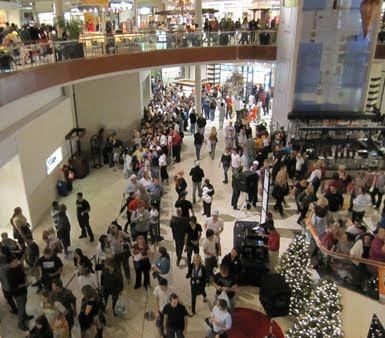 image by
image by 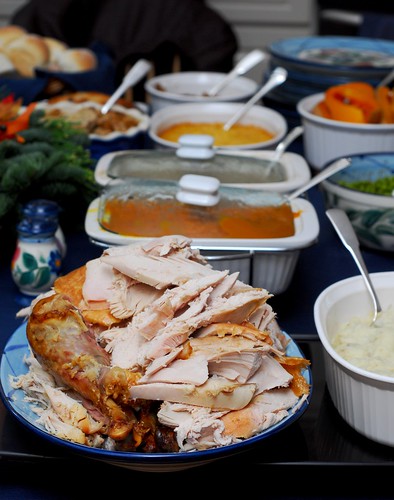 image by
image by 
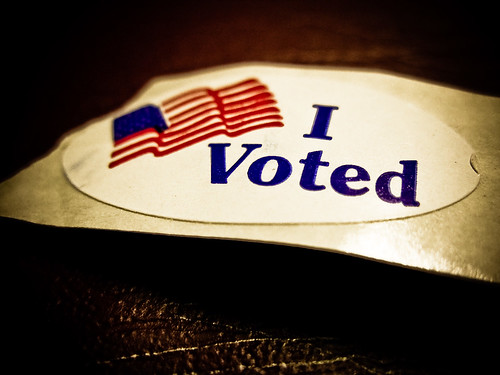 image by
image by  image by
image by 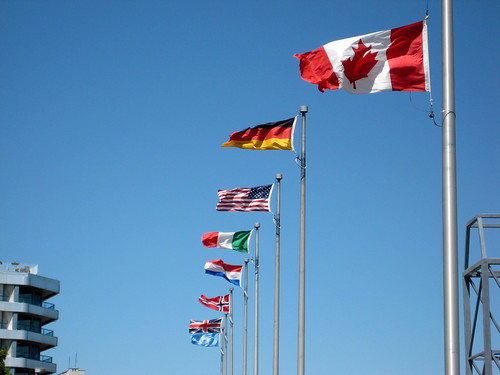 image by
image by  image by
image by  image by
image by 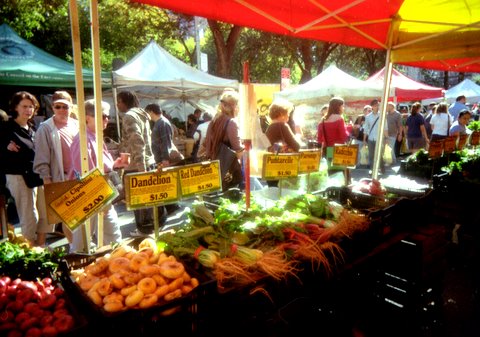 image by
image by  images used under
images used under  image by
image by 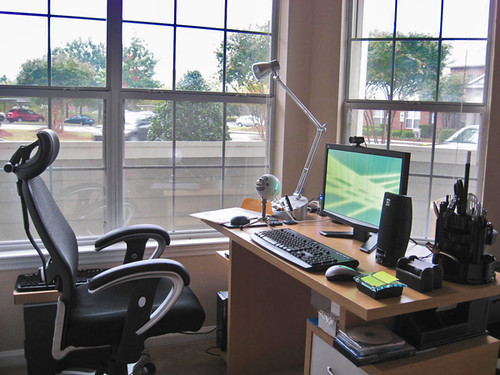 image by
image by 
 This brand-new beach is just minutes from downtown Manhattan. It also has free admission and free transportation. If you live in the five boroughs, now you don’t even have to head to Long Island or New Jersey to put your toes in the sand. For more details,
This brand-new beach is just minutes from downtown Manhattan. It also has free admission and free transportation. If you live in the five boroughs, now you don’t even have to head to Long Island or New Jersey to put your toes in the sand. For more details,  Get to this Long Island beach using the Long Island Rail Road. You can get a
Get to this Long Island beach using the Long Island Rail Road. You can get a  You can get to Rockaway Beach in Queens using the subway. It’s the largest urban beach in the United States; a $2.50 one-way subway fare will take you to the miles of shoreline and the boardwalk at Rockaway Beach.
You can get to Rockaway Beach in Queens using the subway. It’s the largest urban beach in the United States; a $2.50 one-way subway fare will take you to the miles of shoreline and the boardwalk at Rockaway Beach.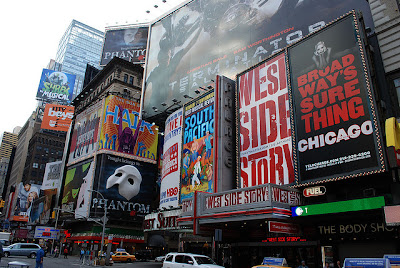 image by
image by  image by
image by 

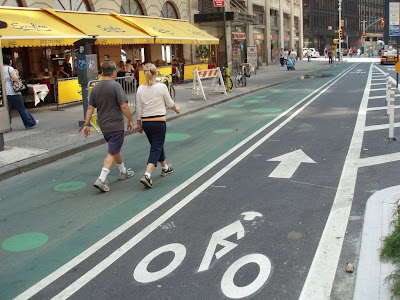 image by
image by  image by
image by 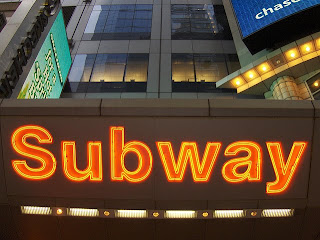



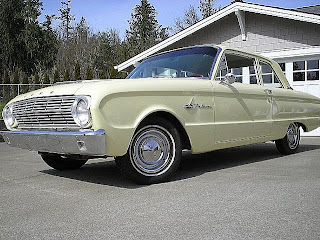
 Carpooling is another great way to reduce your commute’s negative impact on air quality. Thanks to some great resources from
Carpooling is another great way to reduce your commute’s negative impact on air quality. Thanks to some great resources from 

